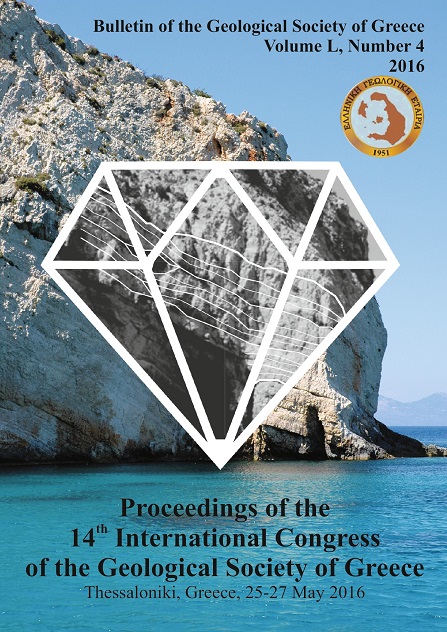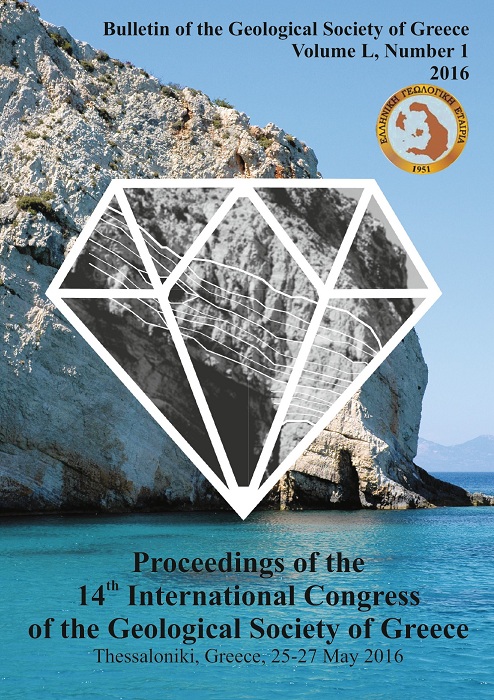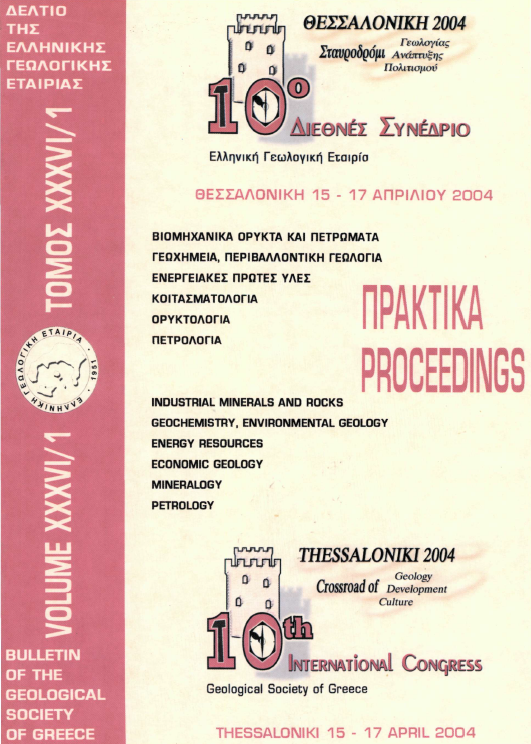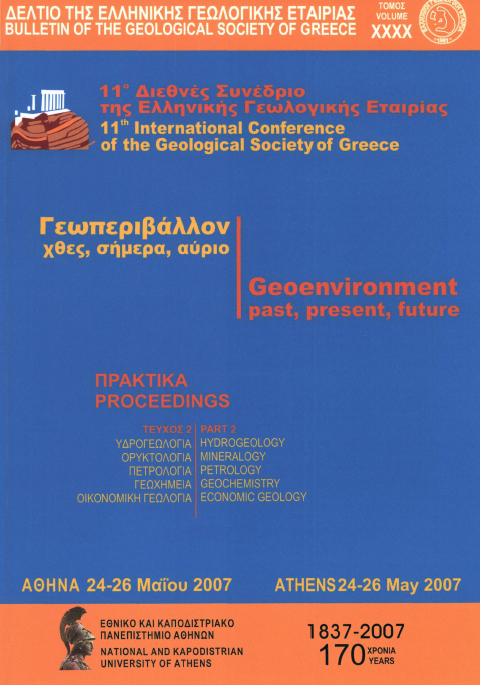ASSESMENT OF THE QUALITY OF METAMORPHIC AND IGNEOUS ROCKS FROM TERPNI (SERRES, NORTH GREECE) FOR THEIR USE AS RAW MATERIALS IN THE PRODUCTION OF STONEWOOL

Abstract
Metamorphic and igneous rocks of Terpnis' Serres in N. Greece have been studied. Nowadays these metamorphic rocks are used as raw materials in stone wool production, by Fibran industry, whilst the studied plutonic samples with lower content of iron oxide are proposed as alternative raw material for the production of new lightly colored stone wool, according to the market demands. Selected epidote amphibolites and quartz diorite samples were analyzed by ICP ΟES, AAS, XRD, Petrographic microscopy, and SEM. The epidote-amphibolites show some evidence of weathering leading to sericiticsaussuritizated plagioclase crystals and secondary smectite and chlorite nanocrystals. Phyllosilicates affect positively the grinding procedure and melting of the raw materials under industrial conditions of stone wool production, due to its lower hardness and melting point compared to that of the primary hornblende. The chemical and major mineralogical composition, the heterogeneous characteristics of textures as well as the frequent presence of phyllosilicates, due to the weathering of the plutonic studied samples, are expected to contribute to the easier grinding and melting of rocks under industrial conditions as well as to the production of a new light colored and competitive stone wool product
Article Details
- How to Cite
-
Lampropoulou, P., Papoulis, D., Metaxa, E., Tsikouras, B., Hatzipanagioutou, K., Tzevelekou, T., & Karageorgis, A. (2016). ASSESMENT OF THE QUALITY OF METAMORPHIC AND IGNEOUS ROCKS FROM TERPNI (SERRES, NORTH GREECE) FOR THEIR USE AS RAW MATERIALS IN THE PRODUCTION OF STONEWOOL. Bulletin of the Geological Society of Greece, 50(4), 1913–1922. https://doi.org/10.12681/bgsg.11932
- Section
- Petrology and Mineralogy

This work is licensed under a Creative Commons Attribution-NonCommercial 4.0 International License.
Authors who publish with this journal agree to the following terms:
Authors retain copyright and grant the journal right of first publication with the work simultaneously licensed under a Creative Commons Attribution Non-Commercial License that allows others to share the work with an acknowledgement of the work's authorship and initial publication in this journal.
Authors are able to enter into separate, additional contractual arrangements for the non-exclusive distribution of the journal's published version of the work (e.g. post it to an institutional repository or publish it in a book), with an acknowledgement of its initial publication in this journal. Authors are permitted and encouraged to post their work online (preferably in institutional repositories or on their website) prior to and during the submission process, as it can lead to productive exchanges, as well as earlier and greater citation of published work.






